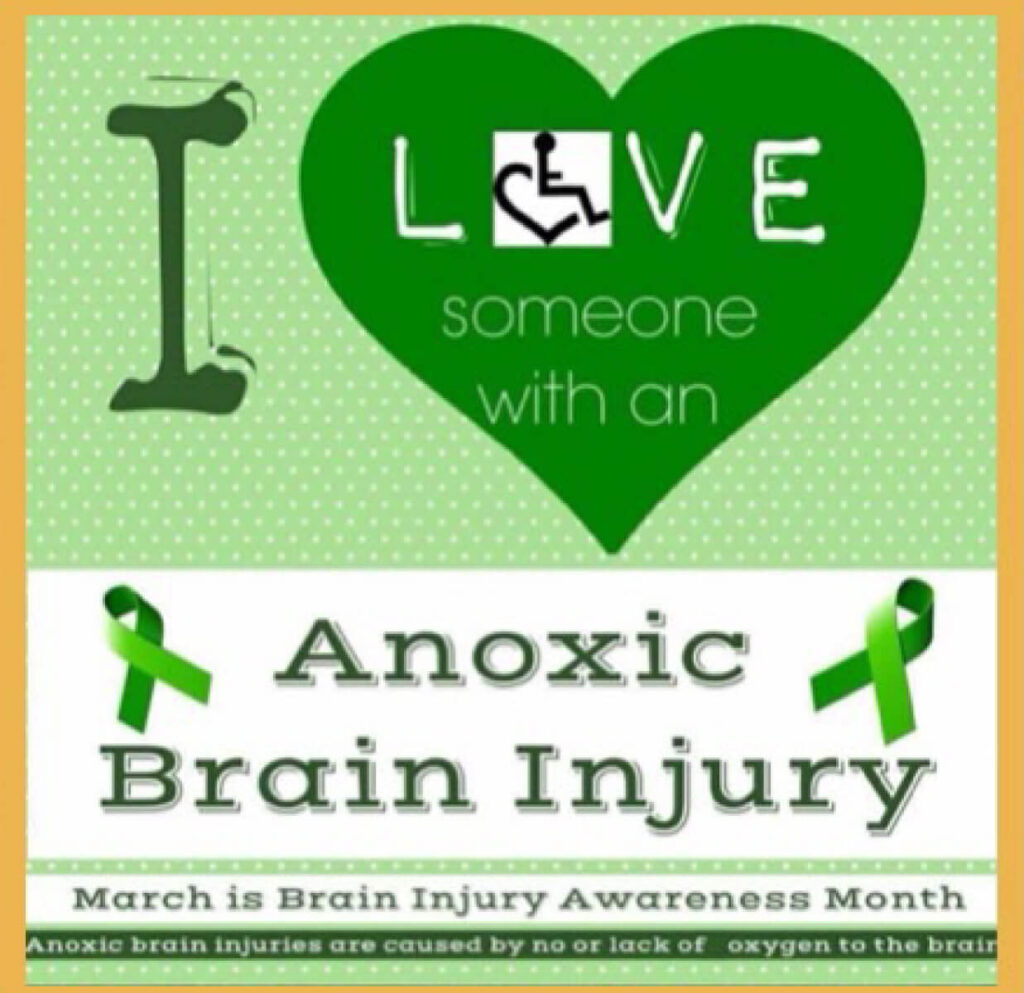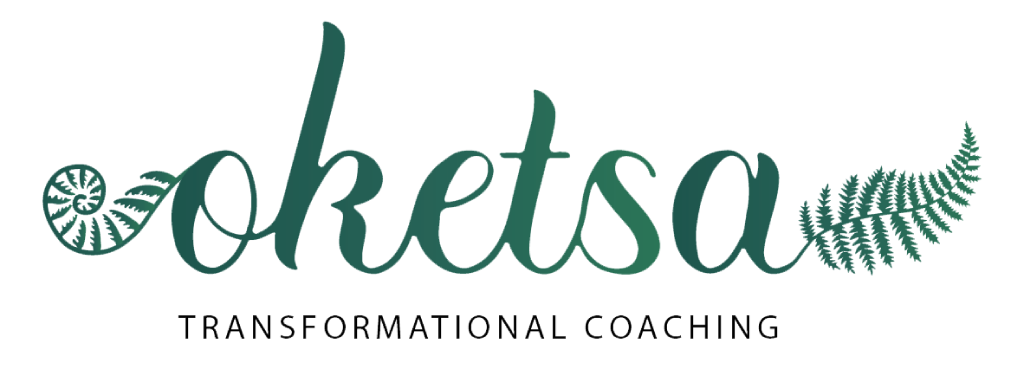March is Brain Injury Awareness month, and I thought it appropriate to share a little bit about our day to day realities. In a big sense I realised that most of these have become so entrenched in our lives and our normal, that I had to dig deep to find the things that are different. For that adaptability I am thankful!
Let’s start in Juneldè’s room- I have tried my best to make it as age appropriate as possible but it doesn’t reflect another 8 year old’s room. Firstly, she has an electrical home care bed with a special mattress to sleep on. Juneldè needs to be positioned carefully due to her quardriplegia but also due to the reflux and heartburn that is part of her everyday. For that reason the bed is an absolute necessity and we are glad to have it. In her room she has another bed and in her closet space for someone else’s clothes and belongings. This is for our full time nurses. I know how privileged we are to have them in our lives but at the same time they are absolutely necessary and indespensible in our quest towards quality of life. It is challenging to always have an outsider in your house, a co-parent in many ways. This is a day to day adjustment. In Juneldè’s room there are various medical equipment such as medical gloves, monitors, thermometer, syringes and medication, feeding tubes and suction tubes.
Juneldè suffers from Lennox Gestaut Syndrome due to the brain injury. This is a rare form of epilepsy that shows up in al kinds of fits daily. From Petit Mal to Grand Mal, from non-threatening to medical emergency. We never know when a convulsion will present itself and are always on alert to assist and react. Therefore Juneldè can never be left alone during the day or night. Not safely on her bed in her room, without someone else there or listening for her, not alone in the TV room on her chair whilst I am in the kitchen. Not alone ever. When she gets a seizure her body pulls tight with her limbs pushed out, her face contorts and all the air is pushed out forcefully from her lungs, then she stops breathing and her eyes roll back into her head. Because of the strength of the spasm the food from her tummy pushes up and a lot of times she starts vomiting. This process is stressful because whilst you are assisting her you have to time the length of the convulsion to determine its severity and if the ER is needed. The monitor is placed on her finger to measure Oxygen levels and heart rate – also a clear indication of the seizure severity and the action required. This type of seizure happens about once to twice a day on a good day. If Juneldè gets sick or runs a fever this number goes up and becomes life threatening.
We therefore keep a log book of Juneldè’s seizures and body temperature as it shows us patterns that helps us to intervene early. Her temperature is taken every hour along with other vitals. We also follow a strict routine and I have to make sure that Juneldè’s medicine and supplements are available at all times. She also eats special foods that need to be meticulously sourced, prepared and stored.
Moving on to the bathroom we have a bath chair that lifts Juneldè in and out of the bath. This device allows us to safely put her in the bath and allow her time to soak in soothing water that she absolutely loves.
Furthermore Juneldè has a Therapy room where she receives daily therapy as well as physiotherapy twice a week. We have all the equipment needed for lung physio and when the need arise she receives that from the physio as well. We also have a big Spa bath that we use as often as possible for water therapy as it helps tremendously in relaxing and stretching Juneldè’s body.
Juneldè wears cloth nappies that need to be washed by hand every day. I am so used to a washing line full of white nappies and nappy bins in her room and bathroom, that I don’t stop and recognize that this sadly is for my 8 year old. In truth it also became part of the new normal.
Eventhough we absolutely love Juneldè without any conditions and we are thankful to have her in our lives, there is a lot of daily planning and stress that goes along with her care. I assume this is true for all families who has a Brain Injured member. The aim of this post is to raise awareness, to allow a small insight into the never ending stress, demands and challenges that is part of brain injury.
If you see a family with a Special needs member I ask you to look upon them with admiration, not pity. They are superheroes conquering visible and invisible villains every hour of every day. Don’t ask about the condition of their family member, or even be so blunt as to ask: “What is wrong with her?” Rather say, to the person, “Hi, my name is (introduce yourself), what’s your name?”. If the individual cannot speak the family will surely answer for them. But I assure you that it is precious to all, and especially the hero in the wheelchair, to be recognized. Furthermore, if it is a child, ask: “How old is she?” “What are her interests and things she loves to do?”
If your own children ask you (quite loudly as they do), “Look at that girl mommy” or “What is wrong with that girl?” don’t reprimand them and say: “Look away” or “Don’t stare”. If you are awkward in that moment they will learn to be embarrassed by disability as well. Rather tell them: “It seems like she is in a wheelchair because she cannot walk, let’s go and introduce ourselves”.
But on the same topic, don’t be the person invading that family’s and the person in the wheelchair’s personal space. They might just want to blend into the crowd. If you intuited that that is the case, smile (without pity), greet them in passing and move on.
The biggest thing about our lives is the constant stress, being on duty and on guard day and night, the inability to fully relax and the vulnerability of losing this precious person we love so much.
I hope this post raises a little awareness, respect and help, be it financial (because that is a big struggle in itself) or in prayer and kindness, for the brain injured and their families making the best of this incredibly difficult journey they are on…


